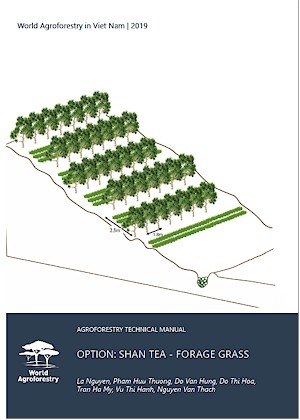Tea, coffee, and cocoa are cultivated for their young leaves, cherries, and beans, respectively, from which popular beverages are made and consumed worldwide. In addition to being used as beverage, cocoa is essentially consumed as chocolate confectionery products. The stimulant properties and medicinal values of these beverages are recognized since the ancient times. These crops are among the most important agricultural commodities worldwide. Tea is the most popular beverage, and it is consumed by 65% of the world’s population, while coffee ranks second with about 2 billion cups consumed daily. Nearly 4 kg cocoa bean equivalent is consumed per capita annually in developed countries. In 2012, the production of processed tea, green coffee, and cocoa beans was 4.8, 8.8, and 5.0 million MT, respectively. This production occurs largely in the developing world (with the exception of tea in China), while the consumption happens mainly in the developed economies. For each of these commodities, more than 50% of the production is in only three countries, but unlike other products such as crude oil the market price is regulated by consumption countries. The economy of many growing countries depends heavily on the earnings from these crops which support directly or indirectly millions of people in both producing and consuming countries.
DOI:
https://doi.org/10.1016/B978-0-12-394807-6.00179-9
Skor altmetrik:
Jumlah Kutipan Dimensi:

Tahun publikasi
2017
Penulis
Diby, L.; Kahia, J.; Kouamé, C.; Aynekulu Betemariam, E.
Bahasa
English
Kata kunci
coffee, tea, beverage, cocoa, agricultural production, agroforestry, soil quality, soil, ecology

















